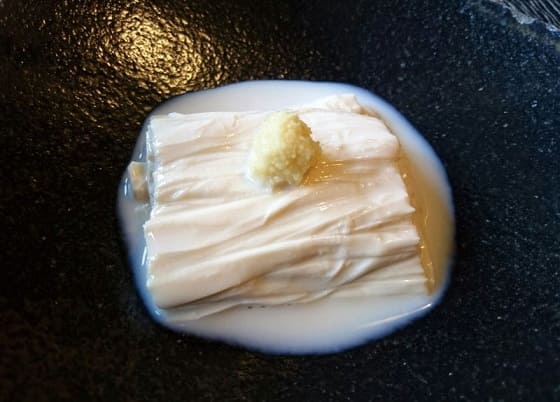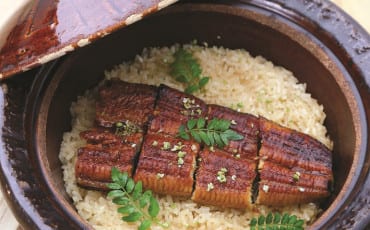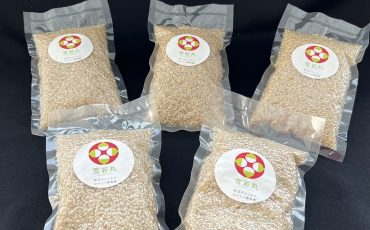- OISHII
- OISHII Wiki
- Ingredients
- Yuba
OISHII Wiki
Ingredients
Yuba
Foodies, you will love yuba! Available in fresh or dried varieties, yuba (bean curd skin) is highly nutritious, versatile and so simple to cook. It is tasty too, with a delicate flavour and light soya bean taste. Fresh yuba, which sometimes has a mozzarella cheese-like texture, can be eaten like sashimi, with soy sauce and grated wasabi. Dried yuba, on the other hand, is slightly chewy and usually fried, boiled, used as a filling or added to soups.

So what exactly is yuba? When soya milk is heated up and boiled, a thin film forms on the liquid surface. This layer is known as yuba, which is carefully collected and dried or served fresh.
Although yuba is produced in different parts of the country, Nikko and the surrounding areas of Tochigi Prefecture are perhaps where this culinary delicacy is most famous. Kyoto is another city that is renowned for yuba. The difference between the two? Nikko yuba is twice as thick as Kyoto yuba, which is made from one single strip.
At specialist yuba restaurants, yuba is served in myriad forms and not just as noodles or soup. Think of creative dishes such as fried yuba croquettes, yuba burgers, yuba gyoza (dumplings) and even yuba ice cream! Yuba is popular in Japanese Buddhist cuisine, so you will find it at vegetarian shojin ryori restaurants too.
In Singapore, you can find dried yuba in many different forms, such as sheets, rolls and strips, at Japanese food stores. To prepare, soften it in lukewarm water for a few minutes, then cook it the way you prefer. Easy!









